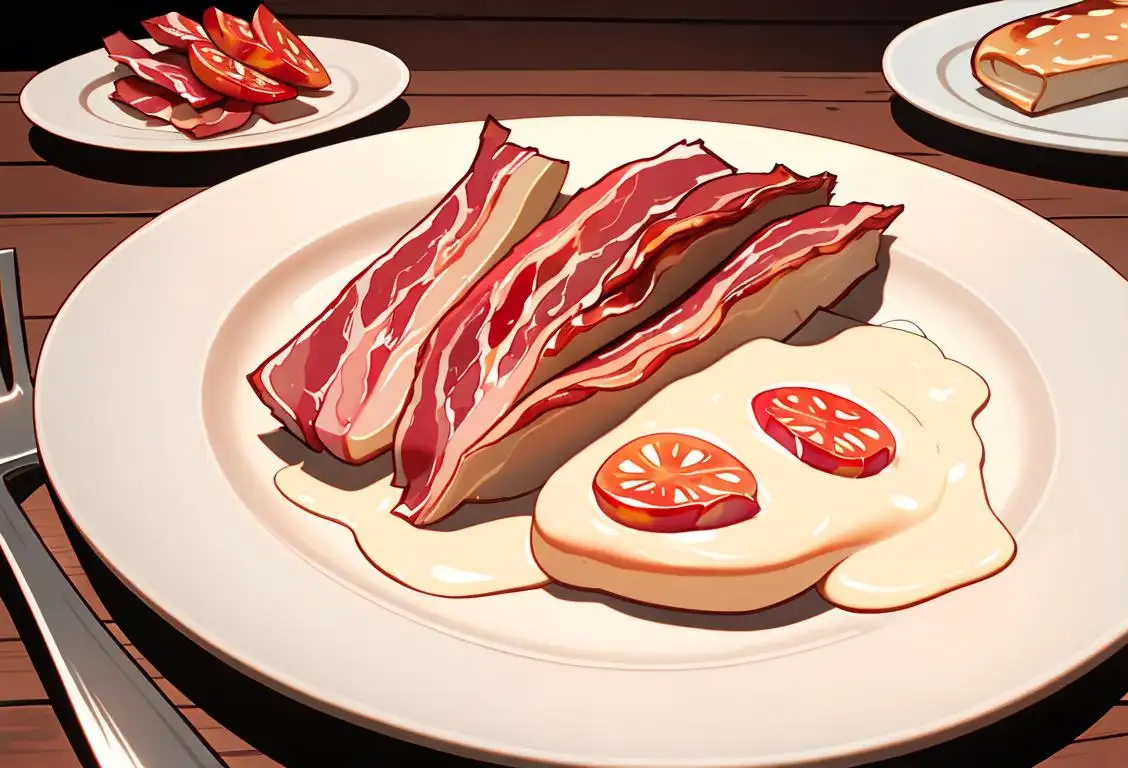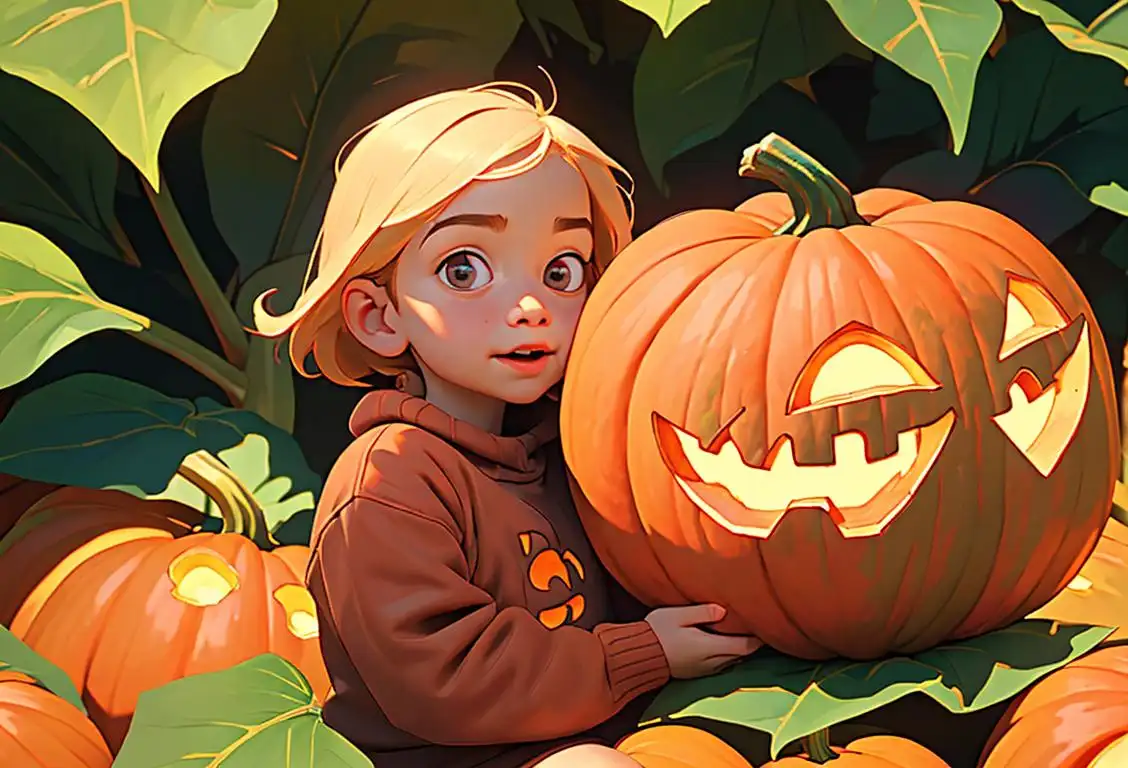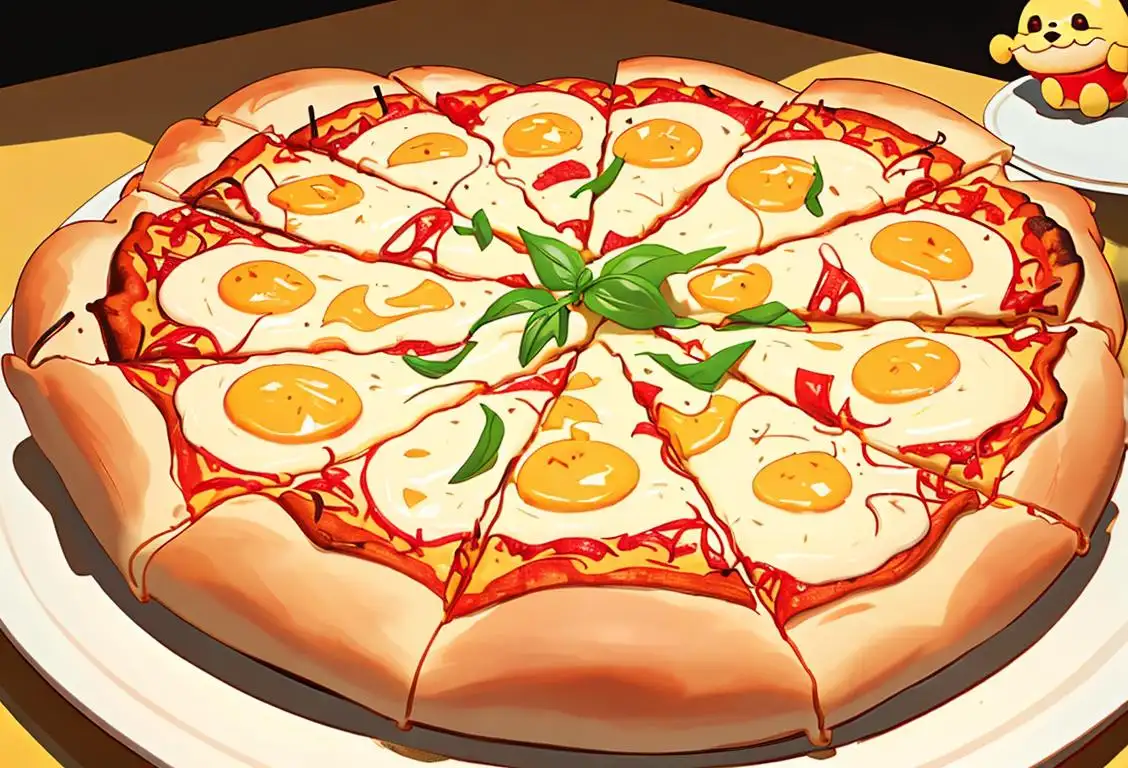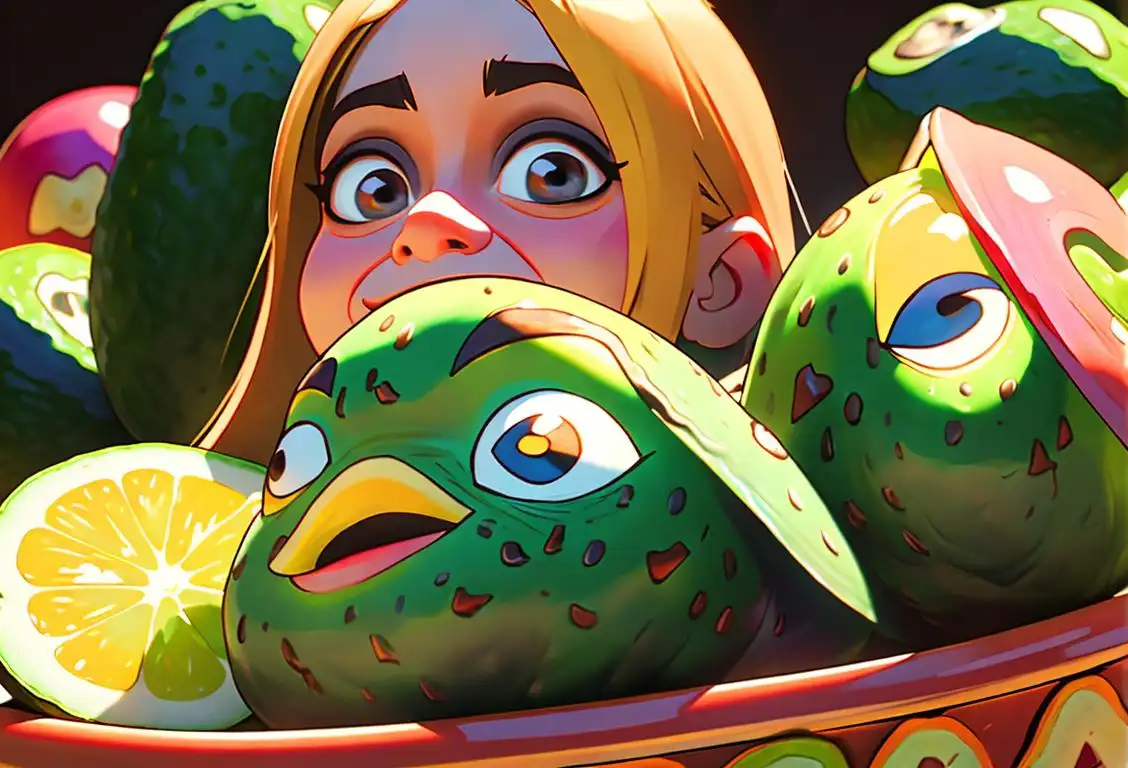National Candy Day

If you have ever needed an official excuse to satisfy your sweet tooth, then look no further than National Candy Day! A day that rolls out the red, or should we say, 'rainbow' carpet, beckoning one and all to devour the delicious diversity of candies available. So get ready, set your hyperspace to the sugar galaxy because we're embarking on a cosmic caramel ride!
When is Candy Day?
It's national candy day on the 4th November.
Rekindling the History of Sugar Rush
The sweet journey of National Candy Day dates back to the ancient time, even though there's no clear detail about the inception of this day. However, what we do know is how candies took over the world, one sweet tooth at a time. Originating from the Arabic qandi, derived from the Persian qand meaning cane sugar, candy has been a symbol of decadence and comfort for centuries.
Diving into the Digital Sphere
With the wave of the digital era, National Candy Day has further gained popularity. Our data picked up a whopping 10833 mentions online. The peak was on November 4, 2019. Social media was taken by storm with #NationalCandyDay trending and countless candy-coated posts shared by young and old alike, affirming the fact that candies, indeed, are age-agnostic!
Sweetness is Universal
From sour gummies to molasses chews, from age-old hard candies to modern choco bars, each one of us has a favorite candy. And that's the beauty of it! This day cherishes all candies equally, for every candy, regardless of its shape, size, or color, offers a sweet escape from the day-to-day mundanities.
Unveiling the Sugar-coated Mission
The mission of National Candy Day is deceptively simple: encourage candy enthusiasts to savor their favorites while exploring new flavors. It also brings attention to local confectioneries and homegrown flavored sweets, contributing to local businesses. Celebrating our love for these confectionery delights is a tradition that sweethearts, loved ones and anyone with a sweet tooth participate with utmost excitement!
History behind the term 'Candy'
15th Century
Sugar and Spice
In the 15th century, the term 'candy' first emerged in the English language. Derived from the Old French word 'candi', meaning 'crystallized sugar', candy was initially used to describe a wide range of sweet treats made with sugar and various spices. During this time, the production of candy was a laborious process and mainly limited to skilled confectioners.
18th Century
Hard Candies
During the 18th century, advancements in sugar refining techniques led to the mass production of hard candies. These candies were made by boiling sugar to create a syrup, which was then cooled and flavored before being shaped into various forms. Hard candies became popular among the wealthier classes in Europe and were often intricately designed.
19th Century
Industrial Revolution Impact
The 19th century marked a significant milestone in the history of candy. With the advent of the Industrial Revolution, candy production was revolutionized. Advances in machinery, such as steam-powered confectionery equipment, made the production process more efficient and allowed for mass production. This led to increased accessibility and affordability of candies, making them more popular among the general population.
20th Century
Variety and Innovation
In the 20th century, the candy industry experienced a boom with a wide range of flavors, shapes, and textures. The introduction of chocolate candies, chewy caramels, gummies, and other innovations captivated people's taste buds. Candy bars, such as the iconic Hershey's Milk Chocolate bar, became enduring favorites, and brands like Mars and Nestlé became synonymous with chocolate and candy across the globe.
21st Century
Modern Candy Trends
In the 21st century, the candy industry continues to thrive with new trends and preferences. Artisanal and gourmet candies have gained popularity, appealing to consumers seeking unique and high-quality sweets. Moreover, there has been a growing demand for organic, natural, and healthier candy options. Candy has not only remained a source of indulgence but has also become a reflection of evolving consumer tastes and dietary trends.
Did you know?
Did you know the first known candy in the world was made from honey in Ancient Egypt around 2000BC? Now that's a vintage treat!Tagged
awareness food fun loved ones sweet tooth National Candy Day candiesFirst identified
3rd November 2015Most mentioned on
4th November 2019Total mentions
10833Other days
Candy Day
Biscuit Day
Foundation Day
Bacon Day
Agriculture Day
Pumpkin Day
Cheese Pizza Day
Medal Of Honor Day
Guac Day
Cheese Lovers Day








